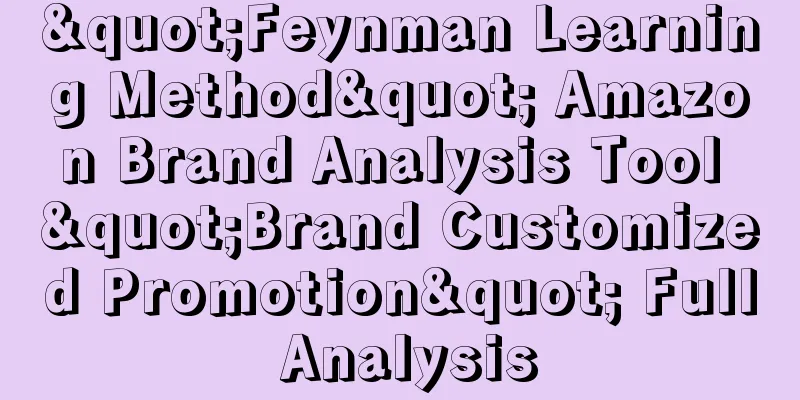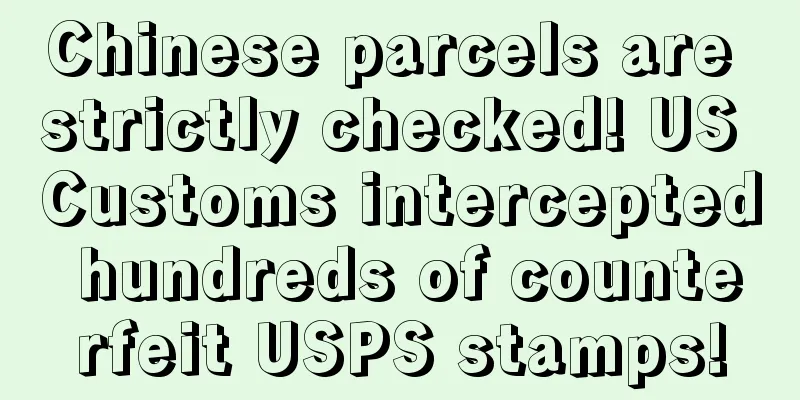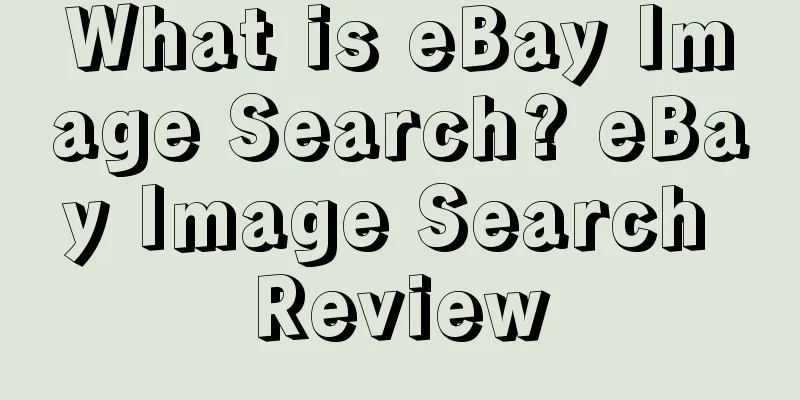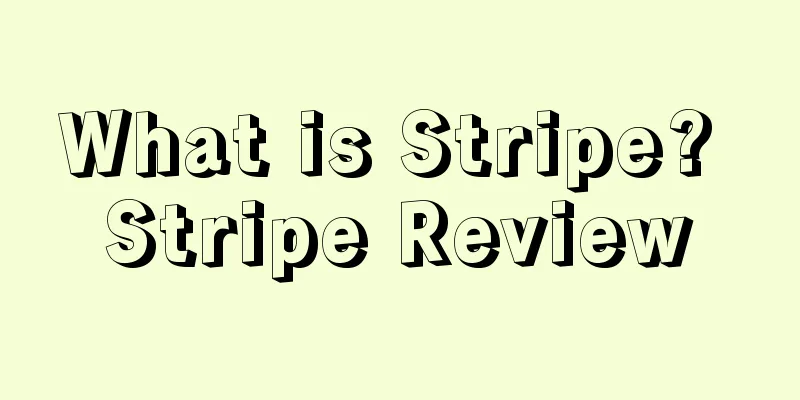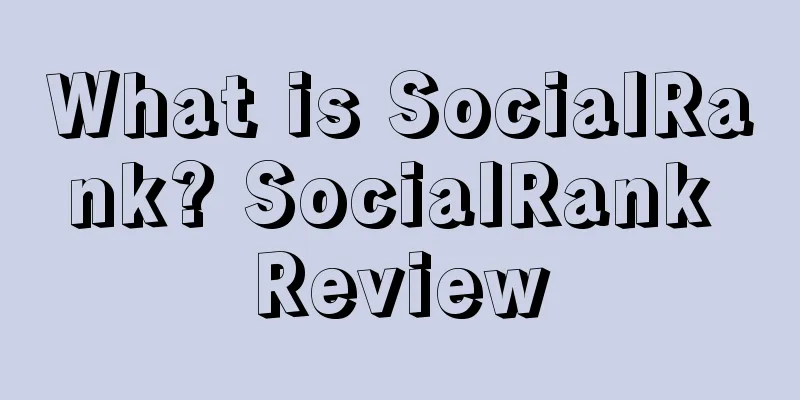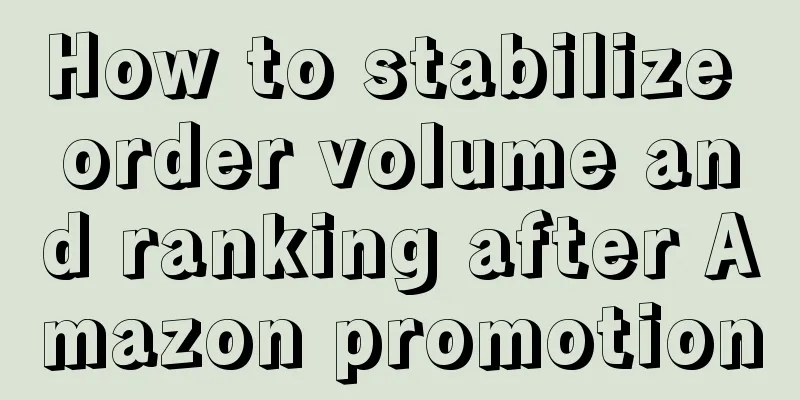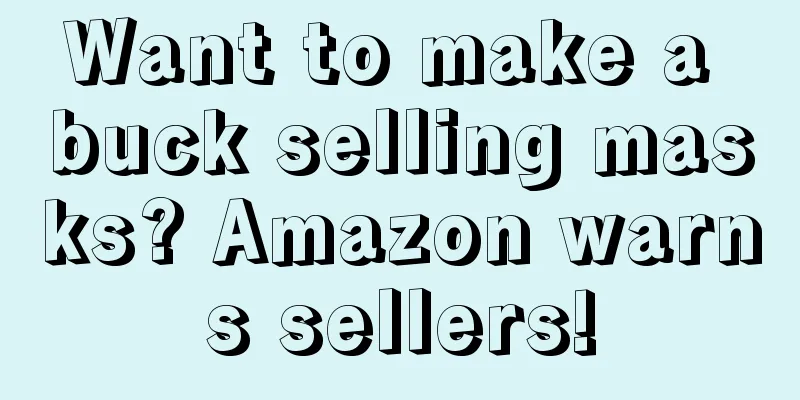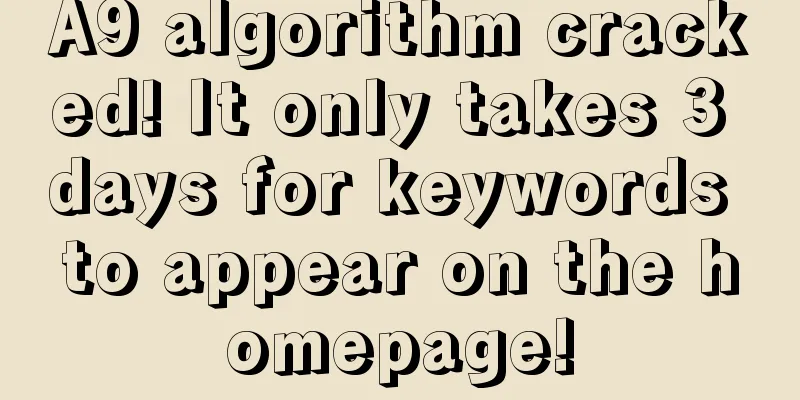|
Recently, I have re-learned and systematically sorted out the principles and usage of the "Brand Analysis" tool, the "Product Selection Compass" tool, and the "Business Opportunity Detector" tool on the Amazon backend. I plan to share them with you here one by one. If there are any errors or inadequacies in the summary, you are welcome to correct and communicate~~
Brand analysis tools are divided into the following dimensions:
Buyer Loyalty Analysis
Search Analytics Search Catalog Performance Search Query Performance Popular Search Terms
Consumer behavior analysis
Repeat purchase behavior Demographics Shopping basket analysis
Today, we will analyze the simplest dimension that you may not pay much attention to - buyer loyalty analysis. Among them, I also classify the brand customization tool as a dimension under buyer loyalty analysis and focus on it because it often appears in the insights and suggestions of the buyer loyalty analysis page.
Without further ado, let's get back to the point. Here is the detailed analysis:
1. Buyer loyalty analysis:
From my limited knowledge, I have examined and analyzed this section. I think that from the perspective of practicality and usability, there is only one tool that is really meaningful and useful for small sellers, which is the " Create Custom Promotions " tool for insights and suggestions, which is a new tool launched by Amazon in the past two years, " Brand Tailored Promotions (BTP) ". This tool can be used to conduct secondary development and transactions with our potential customers.
As for other data interpretations, such as the pie chart of buyer segmentation, dividing buyers into high-end, potential and so on, these do not have much guiding significance for our daily operations or data analysis. If you can't use the data, it is just a bunch of useless strings.
Another tool is that you can see the data of our sales customers and sales. This data may be very intuitive to others who don’t understand the store data, but for our operations, we know this data without even looking at it. We are very clear about the weekly data changes of our store, so it is essentially useless. We usually do similar statistics based on our own orders and sales, so just take a look at it.
So the focus is still on the specific situation of the "brand customized promotion" tool.
Analysis of specific tools:
The underlying logic of this tool is: plan your user group classification based on your marketing goals, and distribute personalized coupons to stimulate potential customers to consume and purchase.
To put it bluntly, "If you don't buy it, I will give you a targeted price reduction and give targeted benefits to your family~~"
(Note: The following is a long article of several thousand words, most of which is the display content of the Amazon backend. Readers who are impatient to read it can directly scroll to the end to see the usage ideas and summary of the tool. It will not affect our use and operation. Thank you~~)
Back to the tool itself, it breaks down your marketing goals into 4 categories:
1. New Customer Acquisition
2. Customer Retention
3. Re-engagement
4. Cross-sell
These four goals lead to the classification of different consumer groups, specifically:
⏰ March 15: How to enter 2025 Temu? How to survive the low-price involution? From product selection to team execution, sellers who avoid big pitfalls have already made their first pot of gold! Click to register
Corresponding to the following three categories of people:
(a: For specific products:)
Potential Target Customers (7 days) - (Customers who viewed products similar to the selected product in the past 7 days but did not purchase it)
Re-view remarketing (30 days) - (customers who viewed the selected product in the past 30 days but did not purchase it within 1 year after the Chinese New Year)
Cart Remarketing (30 days) – (Customers who added selected items to cart but did not purchase in the past 30 days)
(PS: The probability of urging transactions for the above three groups of people is 3>1>2 or 3≈1>2. Considering that 3 is approximately equal to 1, it is because the attribution cycle of 1 is 7 days and 3 is 30 days. In theory, the longer the time, the lower the possibility of purchase. If the time is the same 7 days or the same 30 days, the group of people who added the product to the shopping cart must have a stronger intention to buy than the group of people who did not add the product to the shopping cart but just browsed it.)
(b: For all ASINs of the entire store brand: you can exclude specific ASINs from participating in this promotion )
Non-paying customers (90 days) – Customers who have added any of your brand's products to their carts in the past 90 days but have not purchased them.
High Potential New Customers (365 days) - Customers who have viewed any of your products, brand stores or reviews in the past year and have a high propensity to buy but have not purchased from your brand.
High Intent Customers (60 days) – Added any of your products to cart, wish list, or other items in the past 60 days. Customers who have placed an order or saved for later purchase, but have not purchased in the past 1 year.
(PS: Since it targets all ASINs of the entire brand, it covers a wider group of people. Accordingly, the corresponding time span is longer, and the customer's willingness to buy and targeting will be weaker. In theory, the transaction rate will be lower than that of customized promotions set for ASINs alone. It is a strategy of casting a wide net and picking up leaks. The discount intensity can be appropriately smaller, for example, it can be set according to the minimum 10% discount requirement, and the promotion time can be extended, which can be used as a normal setting.)
02. Customer Retention
Corresponding to the following major population categories
(a: for specific products)
Past Customers: (Customers who purchased the selected product once in the past 12 months but have not purchased in the past 30 days)
Repeat Buyers: (Customers who have purchased the selected product multiple times in the past 12 months but have not purchased in the past 30 days)
Brand Followers: (Brand followers have clicked to follow the brand on Amazon)
(b: For all ASINs of all store brands: you can exclude specific ASINs from participating in this promotion)
- Top Customers: (These are the customers who have made recent purchases and spend the most. These customers mostly buy frequently)
- Brand Followers: (Brand followers have clicked to follow the brand on Amazon)
- Repeat purchasers: (customers who have purchased the brand's products multiple times in the past 12 months)
- Customers who have recently purchased: (5% of the brand’s customers sampled in the past 12 months)
- High-spending customers: (5% of the brand’s high-spending customers sampled in the past 12 months)
- High-potential customers: (customers who have recently purchased products, purchase occasionally, and spend above average. In order to convert buyers into loyal customers, buyers can be encouraged to participate in marketing activities to make purchases)
(PS: As you can see from the above, when targeting all ASINs of the entire brand, the classification is more detailed and covers a wider range. )
03. Re-engagement
Corresponding to the following major population categories
(a: for specific products)
Lost customers: (customers who purchased the selected product in the past 2 years but not in the past 1 year)
(b: For all ASINs of all store brands: you can exclude specific ASINs from participating in this promotion)
Declining prospects: (Those in your brand’s potential customer base who are expected to spend less with your brand in the next year.)
Customers at risk of churn: (Customers of varying spending levels who have not purchased recently and do not purchase frequently. Discounts, promotions, and other incentives can be used to attract risky customers)
Top Declining Customers: (Customers within your brand’s top customer segment who are expected to spend less with your brand in the next year.)
04. Cross-sell
Corresponding to the following major population categories
(a: for specific products)
Complementary product remarketing: (Customers who purchased complementary products of the selected product but did not purchase the selected product in the past 30 days)
The above are its marketing goals and the specific groups of people that are segmented according to the marketing goals. (You can refer to the background to study them in detail)
Things to note:
The audiences corresponding to the above goals are all for your store's brand. When the audience base of the segmented population is greater than 1,000, most customized promotions will meet the operating conditions.
Brand customized promotions are priority promotions. They can be combined with other flash sales, member discounts, coupons and other unlimited promotions. They will not be combined with other priority promotions, and only the maximum discount will be calculated and effective once.
Specific background prompts in Chinese and English screenshots:
Specific application conditions: (Chinese and English explanation:) - all from the official explanation of Amazon backend
This promotion is valid for a limited time only, and Amazon reserves the right to cancel this promotion at any time. If you fail to purchase the eligible items in your shopping cart when the promotion is effective, you will no longer be able to enjoy this discount.
This promotion is only available to specific buyers and sharing this promotion or related coupon code does not guarantee eligibility for other buyers. Promotion can only be applied and redeemed once for a buyer.
The promotion is only applicable to products that meet the requirements and are sold by the seller indicated in the promotion message and display a promotion message on the product information page. It is not applicable to the same products sold by other sellers. For example, if the promotion object is cookware provided by Amazon.com, then the same cookware provided by other sellers on the Amazon.com website such as Macy's does not meet the requirements.
Unless otherwise stated, promotion applies to eligible items sold at the lowest price and cannot be combined with other offers (including promotional vouchers). When all eligible items are purchased, they must be placed in one order and shipped to one address, and do not apply to orders using 1-Click.
If you return any promotional item, this discount will be deducted from your refund and all items are subject to shipping and handling charges. Offers are void while supplies last.
(PS: The above application conditions show that sellers can set up brand-customized promotions with different discount levels (10%-50%) for different target groups at the same time. They will not overlap with each other, and only the largest discount will be applied. This can maximize the coverage of all brand user groups as additional traffic and conversion sources.)
05. Specific ideas for using this tool for brand customized promotion :
Under the premise that the store has sufficient inventory, a normalized minimum discount can be set for the dimension of "new customer acquisition", that is, an additional discount of 10%, because the dimension of "new customer acquisition" can cover the largest audience.
That is: for all ASINs of the entire store brand: you can exclude specific ASINs from participating in this promotion)
“New Customer Acquisition” - “Non-paying Customers (90 days)” Set a 10% discount “New Customer Acquisition” - “High Potential New Customers (365 days)” Set a 10% discount “New Customer Acquisition” - “High Intent Customers (60 days)” Set a 10% discount
Note 1: This operation can be set separately to exclude ASINs that you do not want to participate in the store-wide discount, which greatly improves the flexibility and operability of this operation. For example, you can exclude your main profit model if you do not want it to participate, you can exclude ASINs with insufficient inventory, and you can exclude ASINs with regular flash sales and other promotions to avoid overlap in time settings that lead to reduced profits, etc. By excluding specific products, you can select most of the store's products to participate in the store-wide promotion discount, increase the transaction rate of other products, and thus promote sales and sales.
Note 2: It needs to be re-emphasized that the three discounts mentioned above are set up at the same time in order to cover as many people as possible. The above target groups may overlap, but due to the application characteristics of brand-customized discounts, even if a person meets more than two conditions at the same time, he can only use it once. Therefore, there is no need to worry about their discounts overlapping with each other and resulting in 0 yuan purchases, etc. You can rest assured to set them all at the same time.
When the sales of the main product decline, or when the competition is fierce and the ranking is unstable, or when the conversion rate is on a downward trend, you can set a slightly larger discount through "New Customer Acquisition" (a: for specific products:), such as 15%-20%, to stimulate sales in the short term and increase conversion. It is more appropriate to set the promotion time for about a week.
Specific operation: (Select the product you want to promote)
"New Customer Acquisition" - "Potential Target Customers (7 days)" Set a 15%-20% discount "New Customer Acquisition" - "Re-view Remarketing (30 days)" Set a 15%-20% discount "New Customer Acquisition" - "Shopping Cart Remarketing (30 days)" Set a 15%-20% discount
Note 1: From the definition explained at the beginning, we can know that theoretically, the potential conversion rate of these three customer groups is the highest, which is higher than the potential customer groups of the entire store for 90 days and 365 days. Therefore, short-term customized promotions can be adopted, and the time can be controlled within about one week. If the time is too short, there will be no effect. If the time is too long, the promotion effect will be difficult to control, and it is easy to overlap with the flash sales or other promotion time of the link itself. Therefore, the time of about one week is just right and is more appropriate.
Note 2: When choosing specific products for promotion, you must choose those with a certain sales base. If it is a pure inventory clearance product, its original potential audience group is less than 1,000, so it cannot run this promotion. If you want to add inventory clearance products, you can combine them with other products with a sales base to run, so that the base will be larger. If it is a pure new product in the initial launch stage, its potential audience is likely to be insufficient. You can wait until the audience group reaches 1,000 or add it together with other products with a sales base.
For the two dimensions of "old customer retention" and "old customer re-attraction", the strategy is the same as "new customer acquisition". You can choose the entire store or specific ASIN to correspond to the different segments below and carry out brand customized promotions separately to maintain old customers. This may have a miraculous effect on products with high repurchase rates. Because the repurchase rate of the products in my category is not high, I will not explain it in detail. You can test the effect yourself according to your own category and product characteristics.
For the dimension of "cross-selling", its effect is mainly related to the characteristics of the product itself. If your product is complementary to other products, for example, if you buy a mobile phone case, you also need to sell a tempered glass film, then these two products are complementary products, and you can use this promotion to expand and convert traffic.
Summarize: When using the "Brand Customized Promotion" tool, you can run tests for different promotions that meet the audience requirements (more than 1,000) according to the above categories. These promotions will not overlap with each other, and only the maximum discount will be applied.
However, it should be noted that "brand customized promotions" can be used in conjunction with coupons, member-exclusive discounts, flash sales and other preferential methods. When launching brand customized promotions, you need to comprehensively consider factors such as the time period and products, and make reasonable arrangements for each factor, either staggering them, or making corresponding adjustments after taking all factors into consideration, in order to prevent the occurrence of overlapping activities that lead to losses or even 0 yuan purchases.
|
